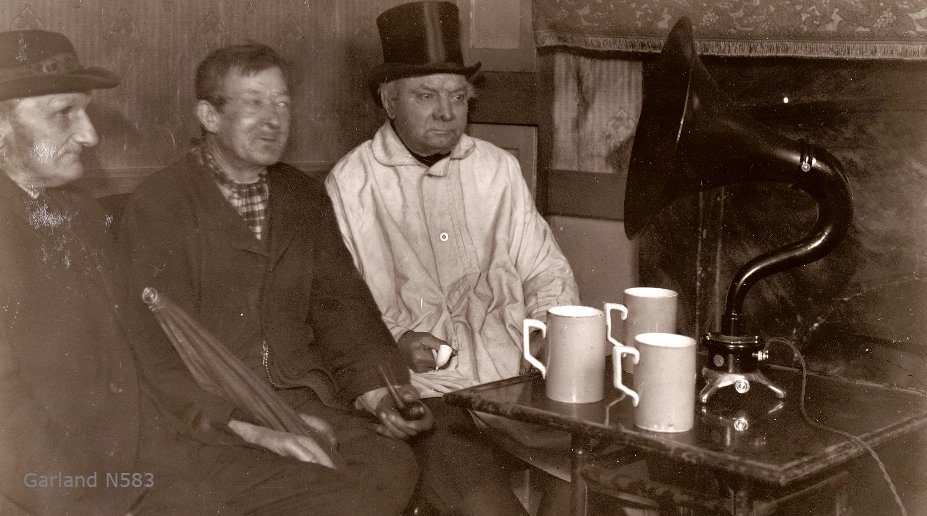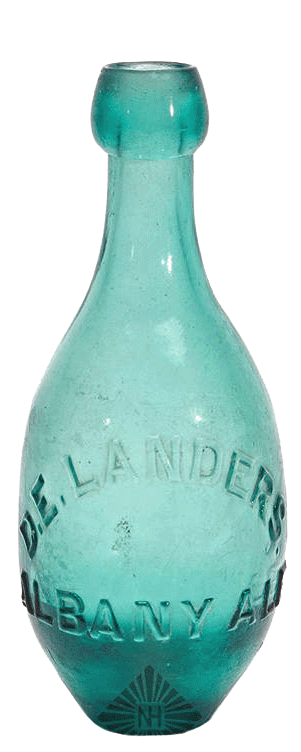 Well, that was a good holiday season, wasn’t it. It wound up with Ontario heading into another semi-demi-lockdown as of Monday so I can’t say that it is all fine and dandy. I still have my stash. And I can settle down into my culturally appropriate assumptions that the stash somehow helps defend against viruses. This is the second in my collection of my “Dewar’s Defeats The Flu!” imagery in addition to this beauty.* Now you have a collection, too.
Well, that was a good holiday season, wasn’t it. It wound up with Ontario heading into another semi-demi-lockdown as of Monday so I can’t say that it is all fine and dandy. I still have my stash. And I can settle down into my culturally appropriate assumptions that the stash somehow helps defend against viruses. This is the second in my collection of my “Dewar’s Defeats The Flu!” imagery in addition to this beauty.* Now you have a collection, too.
What is going on in the beer world? Well, there was a ripple of unhappiness about the term “pub ale” which I have no issue with as it fits a certain spot that I recognize as something once called “Canadian export ale” except it isn’t really exported – a sweeter sort of pale ale. Like Left Field brews and calls Outstanding which it is. “Bitter” isn’t an old term. Gary mentioned the question this week dismissing the idea it was novel:
Certainly in export markets, British brewers were alert early on to attune names to market expectations. Boddington’s Pub Ale, a good seller in many markets is a stronger version of Boddington’s Bitter marketed for export since 1993. Back in the 1980s the now defunct regional brewer Greenall Whitley sold a Cheshire English Pub Beer in the U.S. I recall it especially in the Northeastern market.
I am with Mike. Bringing out a craft beer brand called “Leff” without a last letter “E” is just inviting a trade name or copyright law suit. Big faceless industrial gak maker hegemonist ABInBevOfBevAllBev has my sympathies:
“Leffe has an earlier right. Moreover, in both cases it concerns beer. Then there is a risk of confusion. There would be less risk of confusion, for example, if the Leff brand is applied for by a bed manufacturer. Although the protection of well-known brands can sometimes extend to other products.” Moreover, the label of a bottle of the Brasserie Artisanal du Leff also resembles that of the famous Leffe. “The same Gothic letters, for example, and the word ‘Leff’ is very emphatically highlighted. Those logos and fonts are also registered by AB InBev with the trademark register,” says Chalmers. In a French press release, AB InBev says that even in French pronunciation, there is no difference between “Leff” and “Leffe.” Reason enough to send Le Saux a letter.
 I love this image to the right of all the various sorts of pints illustrated on a pint glass. Published by Foods of England this week. Pity the Belgian pint.
I love this image to the right of all the various sorts of pints illustrated on a pint glass. Published by Foods of England this week. Pity the Belgian pint.
Joan Birraire in Barcelona, Spain has fired up his coal fed servers and revived the beer blog, no doubt due to everyone saying how beer blogging is dead. He returns with his Golden Pints 2021:
To avoid settling into perpetual criticism and start leading by example, I hope to resume blog activity a bit this year, also as part of a return to good habits that I have definitely lost due to the pandemic and excess work, the combination of which has led me to a terribly monotonous kind-of-monastic life. To begin with, I would like to recover a decade-long initiative that started in the international blogosphere: the Golden Pints awards, which every blogger assigns to beers, establishments or projects that they feel deserve to be praised.
Note: there is no such thing as “too many beer bloggers.” Speaking of which, Lucy Corne of South Africa, not dead, celebrated ten years of beer blogging this week as did Matt Curtis, also not dead. Speaking of whom latterly but not late-rly, Pellicle has published an excellent business plan for 2022 explaining the financials of its operations. Were all the others so transparent:
We run Pellicle on a cash basis. We have no debt, and our plan is, and always will be, to keep commissioning content until the money’s all gone. Thanks to our Patreon supporters, plus our sponsors Hop Burns & Black and Hand and Heart, we’re presently able to publish roughly one or two features per week, plus a podcast every three to four weeks, and both are pretty much self-sustaining as is.
Full marks. This is why I trust Pellicle and I support them at a very modest level. Speaking of excellent, this piece by Kate Bernot captures exactly what we have not seen much of in craft beer business journalism: digging into the business end. And it was accomplished by reading Danish corporate filings for Mikkeller:
According to a company audit, Mikkeller had a total income loss of about $4 million between 2019 and 2020. The report says that last year’s losses were “primarily a result of COVID-19 related restrictions, lockdown and general uncertainty across the globe heavily impacting our retail sales as well as wholesale to on-premise bars, restaurants.” Borsen reported that Mikkeller founder Mikkel Borg Bjergsø has relinquished some ownership in the company to Orkila as a result of the most recent transaction.
Fabulous levels of detail to dig up and dig through. Now, let’s have the same approach to other breweries. In 2016 there was some unhappiness that I just mentioned Jim Koch selling off shares, pro-am beer writers telling me I “…didn’t understand, so mean…” despite practicing business law for about two decades at that point. More of the digging please.
 Maureen retweeted this image of Jack’s Saloon at Camp Claiborne, L.A., 1940s and it is worth poring over for the details. If you click there is far bigger version. What the heck is a “dude drink” and why were these two fine ladies and their wonderful establishment so against them? I mean you could have one but it cost fifteen times the cost of a home brew. Are they brewing out back? The font of all knowledge explains that “Camp Claiborne was a U.S. Army military camp in the 1930s continuing through World War II located in Rapides Parish in central Louisiana.”
Maureen retweeted this image of Jack’s Saloon at Camp Claiborne, L.A., 1940s and it is worth poring over for the details. If you click there is far bigger version. What the heck is a “dude drink” and why were these two fine ladies and their wonderful establishment so against them? I mean you could have one but it cost fifteen times the cost of a home brew. Are they brewing out back? The font of all knowledge explains that “Camp Claiborne was a U.S. Army military camp in the 1930s continuing through World War II located in Rapides Parish in central Louisiana.”
Retired Martyn crossed the northern border thanks in large part to someone else:
A flat tyre from nowhere, but thankfully I have a skilled team to deal with life’s little crises. And no, that’s not the main reason I married her (though her 1991 “Motoring Madams” certification was high on the list).
I was guided to the blog “Paul’s Beer & Travel Blog” which is a fairly plain name if we think about it but no doubt entirely accurate. Paul Bailey is the name (no relation) and what it is really about is Paul’s travels to beer. So there is pleasant train discussion, pleasant pub discussion and pleasant beer discussion as this one paragraph illustrates:
Unfortunately, the trains didn’t connect very well, and as the service from Dorking pulled into Redhill station, I witnessed the one to Tonbridge, pulling away from the opposite platform. The next train to Tonbridge wasn’t due for another hour, which provided the perfect opportunity for a quick, “in-between trains” pint. The question was, with a number of pubs to go for, which one should I choose?’
Remember this next time you read someone saying how negative discussion is on Twitter during the pandemic – it’s much the same in the pub. Current complaints? Dry January…** New York State Governor Hochul? Not so fast:
New York Gov. Kathy Hochul announced Wednesday that she will permanently legalize the sale of “to-go” alcoholic drinks in the state, adding that the practice was a “critical revenue stream” during the pandemic.
Oh – and Stan mentioned the Patreon thing. Let me play with it a while before I figure out if there is any point to it.
There – a modest offering for this more modest first week of the new year. For more check out the updates from Boak and Bailey mostly every Saturday and from Stan every Monday, plus more with the weekly Beer Ladies Podcast, and at the weekly OCBG Podcast on Tuesday and sometimes on a Friday posts at The Fizz as well. There is a monthly sort of round up at The Glass. (Or is that dead now?) There is more from the DaftAboutCraft podcast, too. And the Beervana podcast. And sign up for Katie’s irregular newsletter, The Gulp, too. (That’s a bit now and then now.) And check out the Atlantic Canada Beer Blog‘s weekly roundup. Plus follow the venerable Full Pint podcast. And Fermentation Radio with Emma Inch. The AfroBeerChick podcast as well! And also look at Brewsround and Cabin Fever. And Ben has his own podcast, Beer and Badword (which he may revive some day…) And remember BeerEdge, too, and The Moon Under Water.
*This blog is not sponsored by Dewar’s. This blog is entirely open to being sponsored by Dewar’s.
**For the double!










